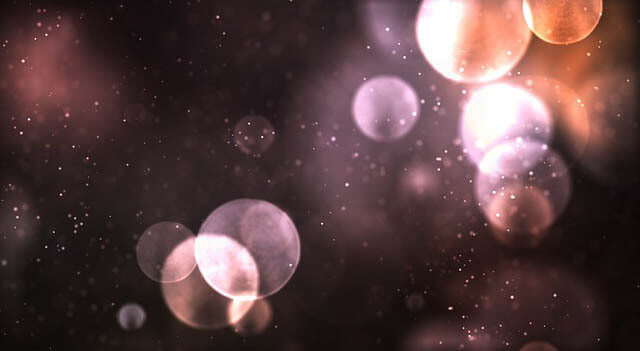You may have encountered occasional visual disturbances known as “floaters” or flashes and might have questioned their nature and whether they pose any health risks. These phenomena appear as small lines, shapes, shadows, or specks that seem to drift across your field of vision. Generally, the presence of floaters is a common experience and does not signify any issues with eye or visual health. However, if floaters become more frequent and are accompanied by flashes of light, it may indicate a more serious condition.
Eye flashes can appear as star-like specks or strands of light that flicker or flash within your visual field. They may manifest as a single burst in one area or as multiple flashes across a broader region. Often, these flashes are subtle and may go unnoticed, as they typically occur in peripheral vision.
Eye Care for Floaters and Flashes in Waco, Texas
If you experience a sudden increase in flashes or floaters, it is important to contact Eye Fashion Optical and arrange an eye examination with Dr. Trey Gerdes promptly to eliminate any serious eye conditions.
What Leads to Floaters?
The vitreous humor is a transparent gel that occupies most of the eyeball and resembles raw egg white. Within this gel, small protein clumps float and move in accordance with your eye movements. When these protein clumps cast shadows on the retina—the light-sensitive layer at the back of the eye—these shadows are perceived as floaters.
As we age, the vitreous humor tends to shrink, resulting in the formation of more protein strands. This explains the increased visibility of floaters over time. Individuals who are nearsighted or diabetic may notice floaters more frequently, and they are also common after cataract surgery or eye injuries.
If floaters become distracting, you can try moving your eyes up and down or side to side to gently shift them out of your line of sight.
What Causes Flashes?
Flashes occur when the retinal nerve cells are pulled or tugged. As the vitreous humor shrinks with age, it can exert tension on the retina, leading to the sensation of “seeing stars.”


Tinggalkan Balasan